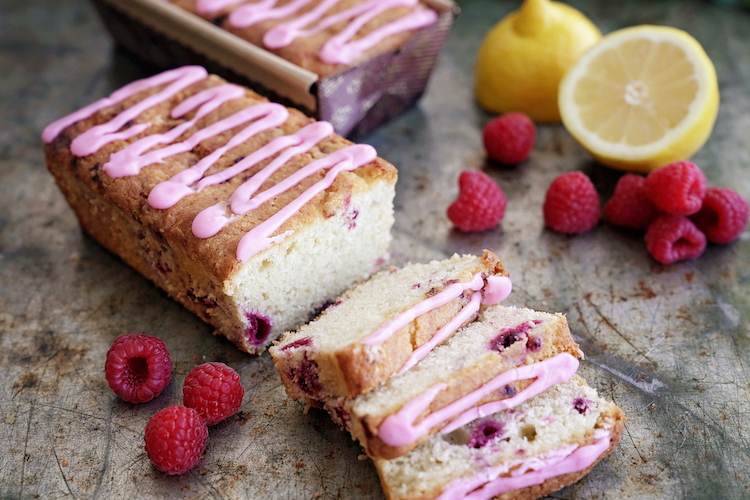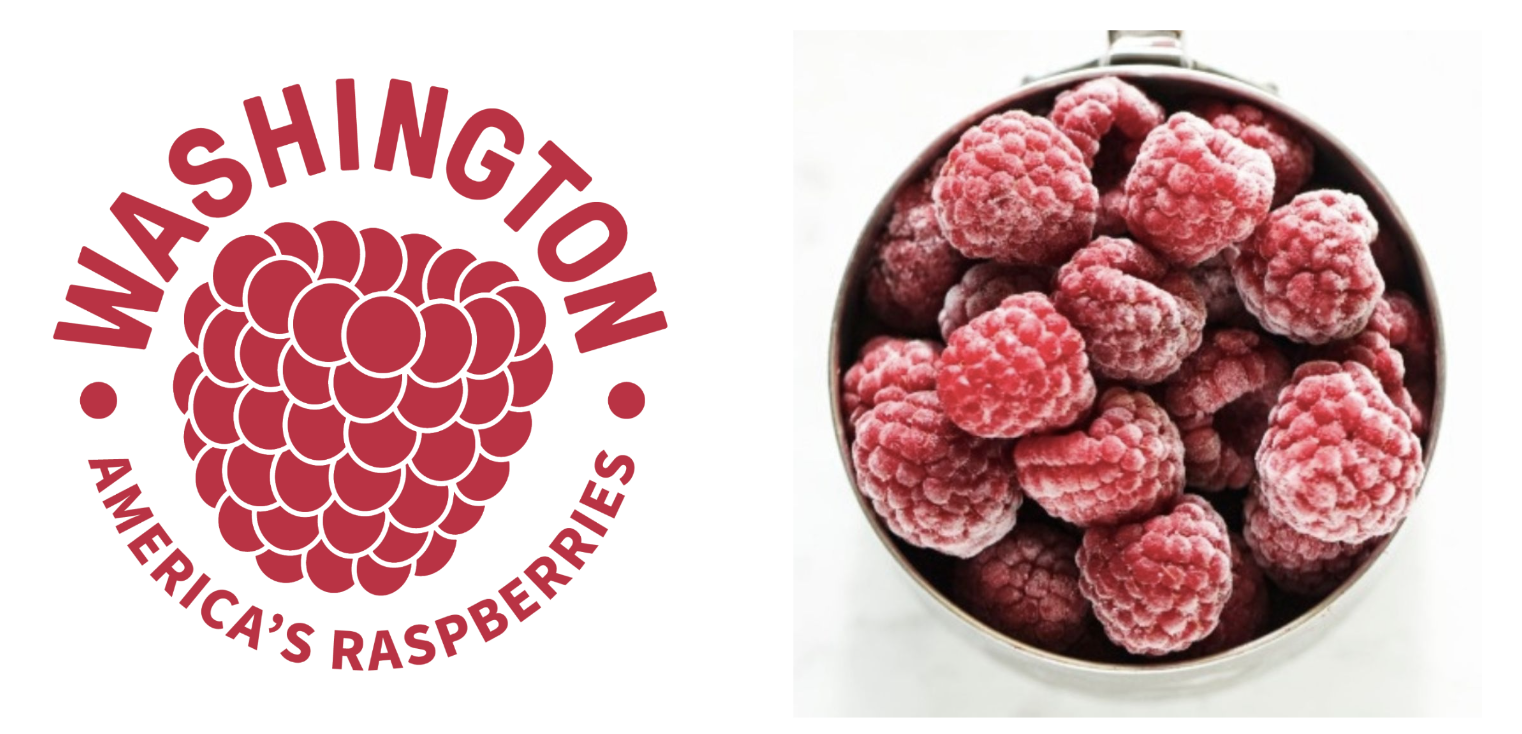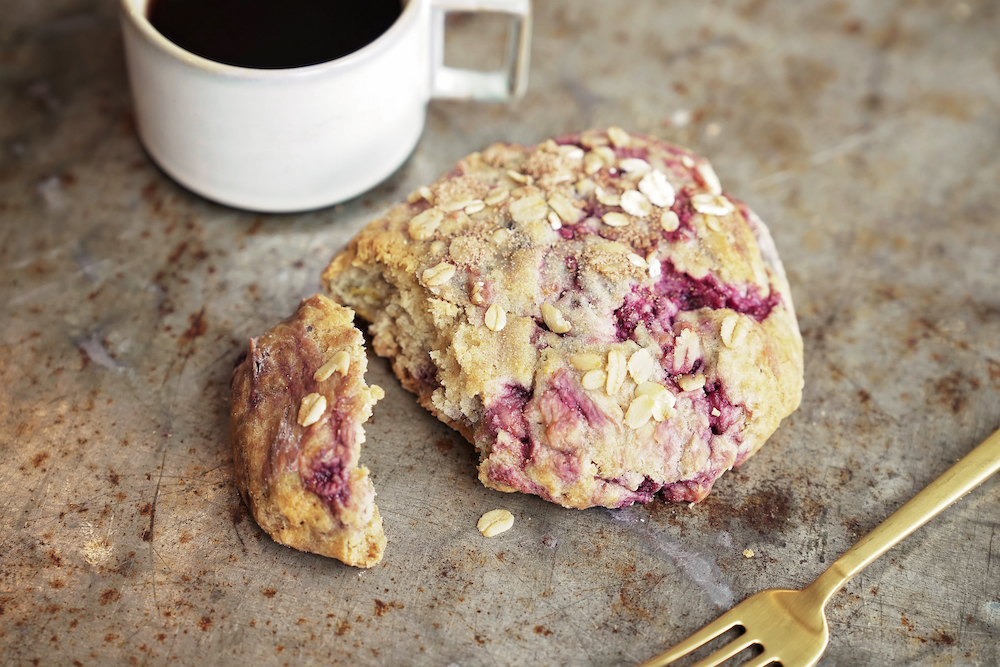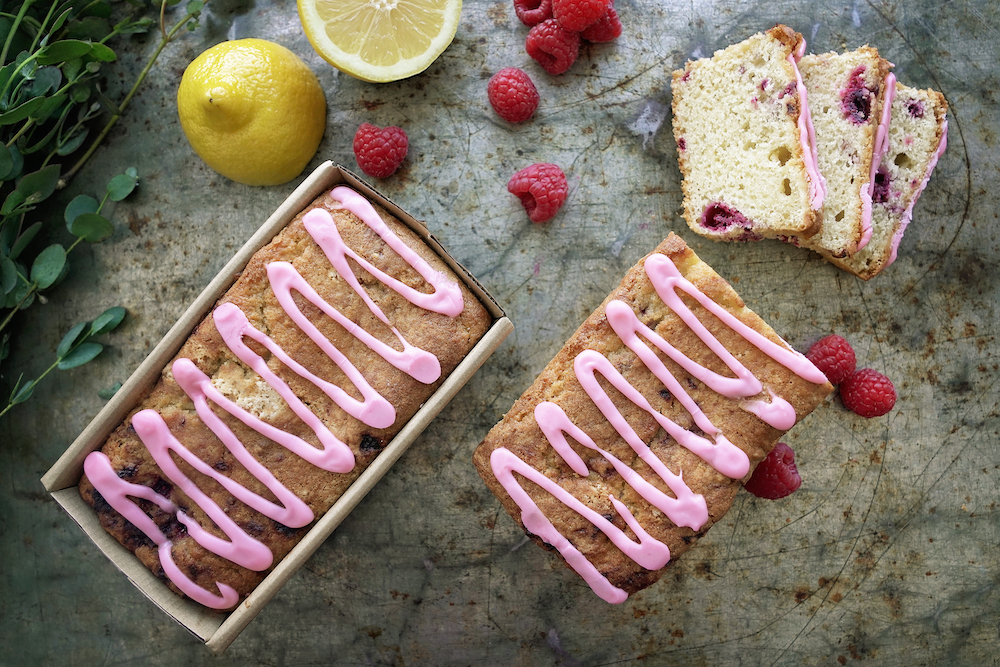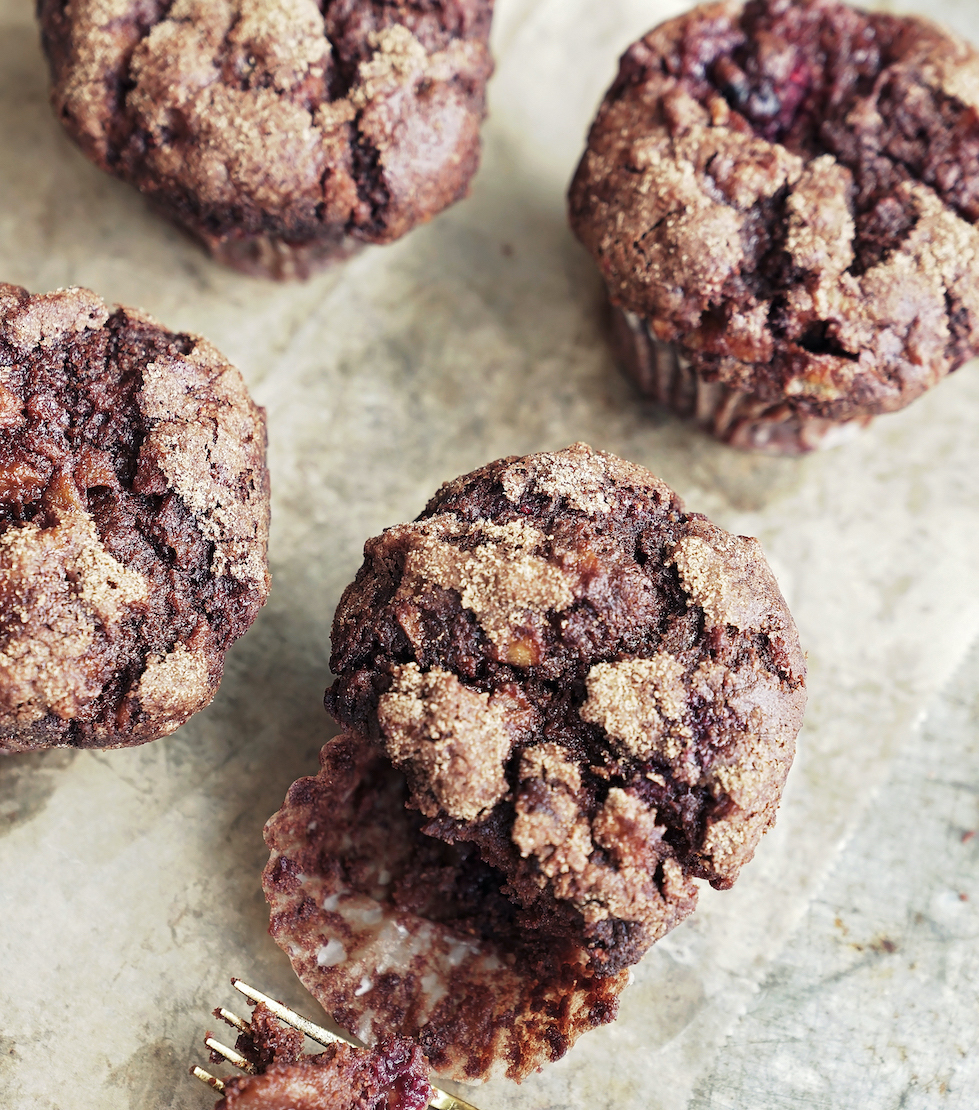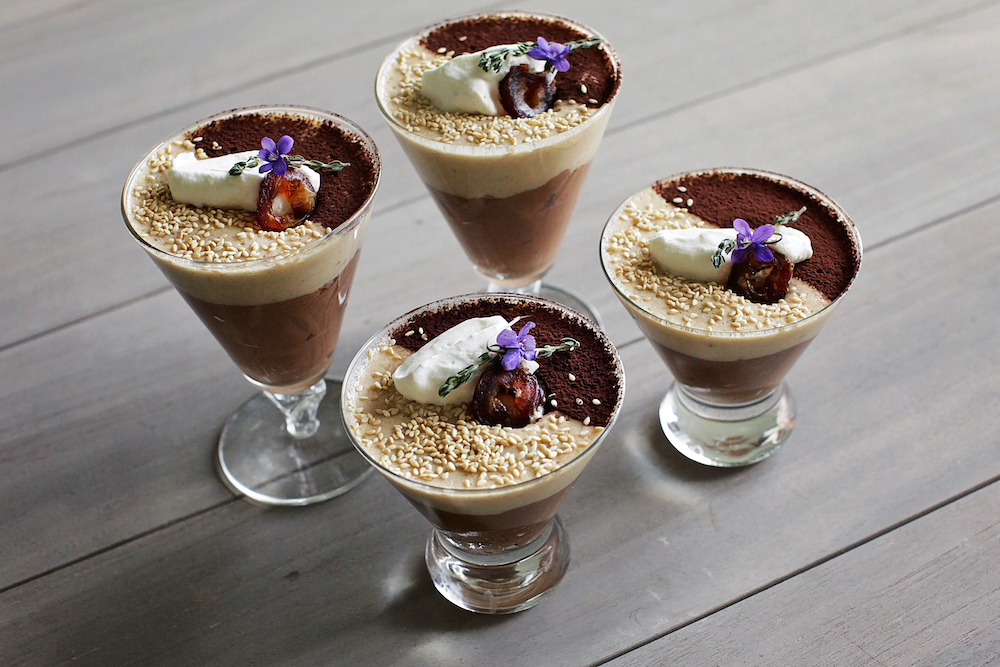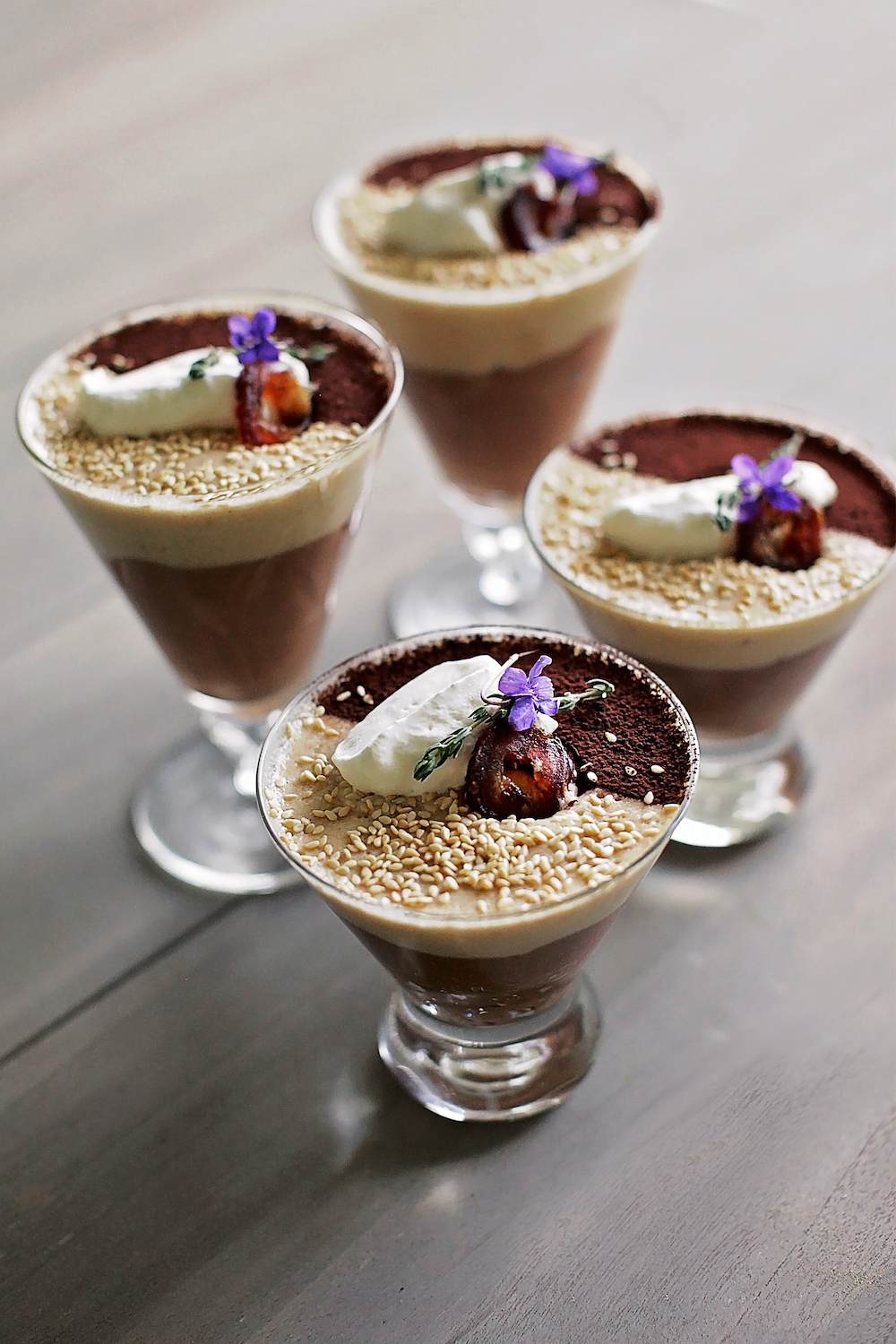Macrina is donating all net proceeds to the Adamâ Bakery during the week of July 25 from café sales of our four packs of Brown Sugar Shortbread Cookies. We also urge café customers to donate directly to the bakery here.
 “I am happy now that I spend most of my days baking, and my nights are peaceful,” said Kareem, an eighteen-year-old refugee who lost his family to violence in Congo. “I thank the bakers who have trained us. They have contributed so much to my trauma healing. Above all, I have found a family in Adamâ.”
“I am happy now that I spend most of my days baking, and my nights are peaceful,” said Kareem, an eighteen-year-old refugee who lost his family to violence in Congo. “I thank the bakers who have trained us. They have contributed so much to my trauma healing. Above all, I have found a family in Adamâ.”
The ADAMÂ Bakery is located by the Oruchinga Settelment Camp in southwest Uganda. The camp is home to over 9,000 refugees from Burundi, Congo, Rwanda, and other parts of East Africa. Many have escaped unspeakable tragedies at home.
Jeffrey Hamelman and Mitch Stamm, both renowned and recently retired bakers, were invited by Ayelet Berman-Cohen, the founder and executive director of the Adamâ Foundation, to travel to Uganda and help the bakery get going. They spent a few weeks there. For nearly thirty years, Leslie has collaborated on regional events with Jeffery and Mitch through the Bread Bakers Guild of America. Through this connection, Macrina learned about Adamâ and was inspired to become an annual donor.
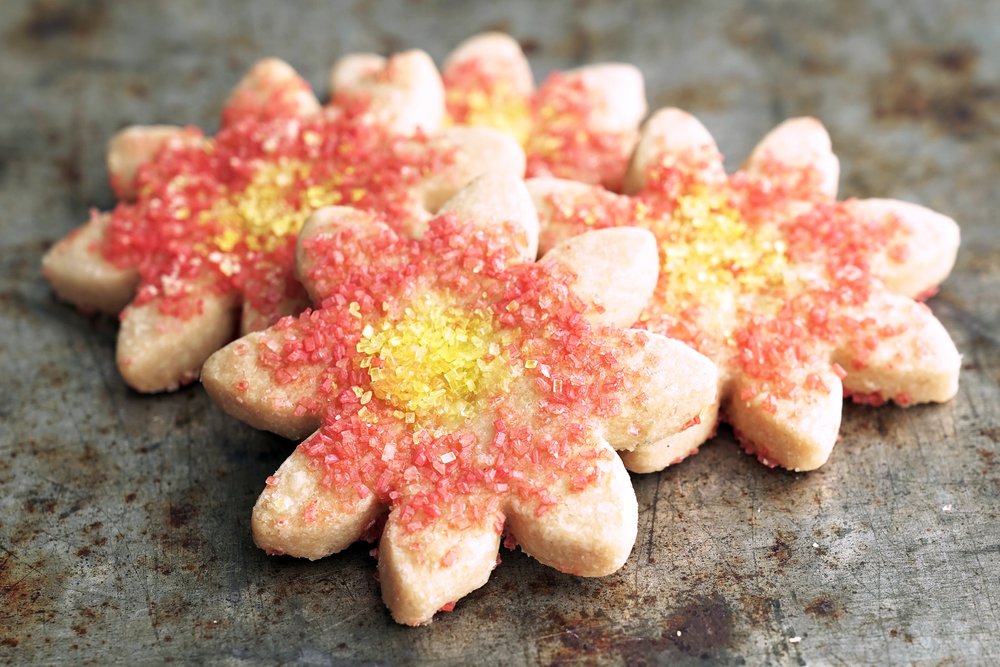 “When the refugees arrive, they are given four eucalyptus poles and a tarp,” says Jeffrey. “The tarp and poles become their home. New arrivals are also given a machete and a hoe so they can hack out some jungle and hopefully get some seeds. If they are successfully raising their prospects, they use homemade bricks to build a mud hut with no windows, no electricity, no running water, and an amazing number of people are crammed into a tiny space. Refugees get $3.74 a month from the UN for food.”
“When the refugees arrive, they are given four eucalyptus poles and a tarp,” says Jeffrey. “The tarp and poles become their home. New arrivals are also given a machete and a hoe so they can hack out some jungle and hopefully get some seeds. If they are successfully raising their prospects, they use homemade bricks to build a mud hut with no windows, no electricity, no running water, and an amazing number of people are crammed into a tiny space. Refugees get $3.74 a month from the UN for food.”
“They’ve been stripped of everything except their dignity,” Mitch says. “They ran into the bush with nothing upon seeing family members killed. Some people are born in the refugee camp. They’ll spend their entire lives there.”
The bakery is located in a small house next to the refugee camp. The oven is wood fired, as is the proof box. A 35-kilo electric mixer and an electric bread slicer are all the powered equipment they have. Twenty-four bakers arrive every day for work. They learn a trade, earn an income, and distribute a portion of the day’s baked goods to children in the settlements.
“The bakers are three-fourths women,” says Jeffrey. “They have an unbelievable amount of dignity. They walk to the bakery. The different nationalities work well together, they harmonize. They are absolutely overjoyed to be able to learn a skill, provide bread for their families, and for thousands of children to whom bread is given free.”
Angella Kushemererwa and Sophie Karungi manage the bakery. They work full-time at the bakery and also have full-time jobs, Angella at the United Nations, and Sophie providing trauma care in refugee settlements. At the end of every day, the bakers make trips deep into the community to hand out bread to children, many malnourished.
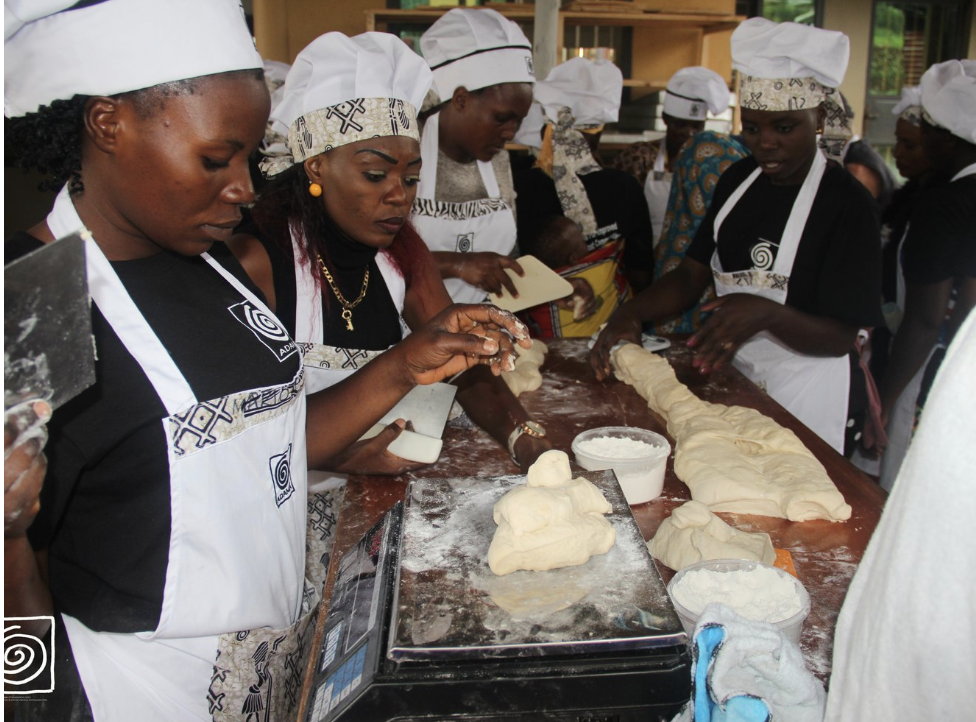 “Handing out the bread is an act of the utmost elation when you see the joy on the faces of the children who get the buns,” says Jeffrey. “The other emotional extreme is that the buns always run out before the desperate hands that are endlessly reaching out to get a bun, and that just crushes you. That happens every single time.”
“Handing out the bread is an act of the utmost elation when you see the joy on the faces of the children who get the buns,” says Jeffrey. “The other emotional extreme is that the buns always run out before the desperate hands that are endlessly reaching out to get a bun, and that just crushes you. That happens every single time.”
The goal for the bakery is to become self-sustaining eventually, but for now keeping it open costs about $5,000 per month. The Adamâ Foundation plans to install a modern oven in the next few months.
“We know the needs are endless, but we’re hoping to help fund the acquisition of this oven,” says Scott France, president and part-owner of Macrina Bakery.
Jeffrey and Mitch are self-funding an upcoming trip to help get the oven installed. “The wood-burning oven is a weak link,” says Jeffrey. “It’s got four chambers. There’s a 50-degree temperature differential between the chambers. All the trays need to get shifted throughout the bake.”
The new equipment will help the bakery feed more children and will be a solid step toward self-sustainability.
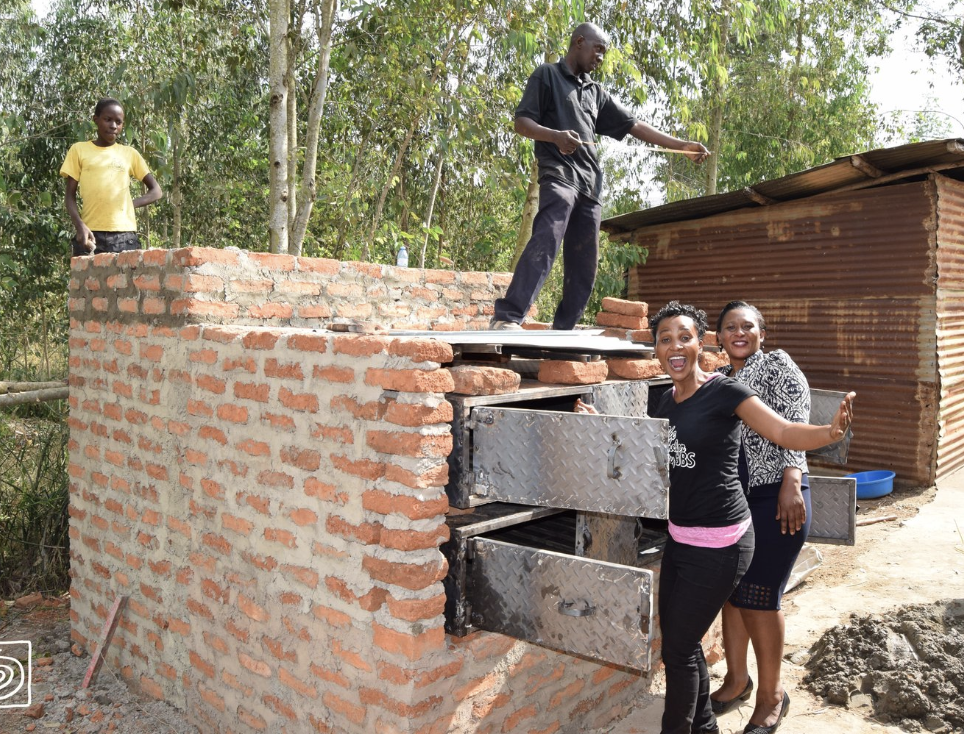 “Some people might say you’re training 24 people, and you’re giving out tens of thousands of buns—this is just wonderful,” says Jeffrey. “And others might say, you better multiply that by a hundred if you’re gonna have any impact at all. Well, none of us is going to fix the world, but I feel like having an opportunity to do one little thing that’s helping these people….” Jeffrey pauses to compose himself. “You can tell half our heart is in Uganda. We know that we’ve changed their lives. They don’t know to what extent they’ve changed ours.”
“Some people might say you’re training 24 people, and you’re giving out tens of thousands of buns—this is just wonderful,” says Jeffrey. “And others might say, you better multiply that by a hundred if you’re gonna have any impact at all. Well, none of us is going to fix the world, but I feel like having an opportunity to do one little thing that’s helping these people….” Jeffrey pauses to compose himself. “You can tell half our heart is in Uganda. We know that we’ve changed their lives. They don’t know to what extent they’ve changed ours.”
You can donate directly to ADAMÂ here. All money goes to the bakers and has an incredible impact on the quality of their lives.


